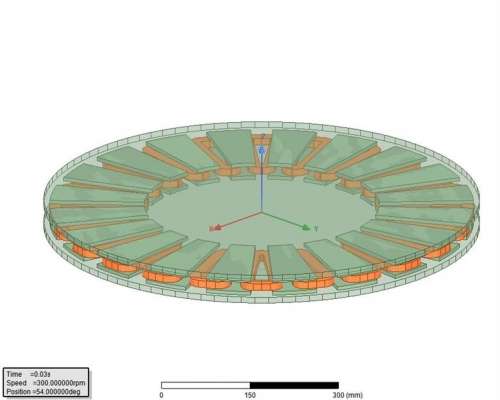Magnet Assembly Design
Based on the customer's requirements, we will assist in calculating and designing the magnetic circuit. We will take into account the machining and assembly processes and, based on our experience and calculation results, propose improvements to the customer's incomplete design.
Magnetic field analysis
The design first obtains the optimal model according to our experience and CAE-assisted calculation. The key point of the model is that the amount of magnet should be minimum and the shape of magnet is easy to process. On this basis, engineers comprehensively consider the model structure, which should be easy to process and assemble. Sort out our opinions and communicate with customers, and finally sign the sample order. understand and master their magnetic field distribution, magnetic flux, high temperature behavior and corrosion resistance to ensure a comprehensive grasp of product performance.
Production & Manufacturing
With our extensive experience in the production of permanent magnet materials, we provide comprehensive manufacturing engineering analysis according to customer requirements. This includes manufacturability assessment, production process design, tool and die design, magnetizing fixture design, cost analysis, pilot production testing, etc.
Magnetic application engineer
Simulation analysis plays a crucial role in providing theoretical guidance for engineering, allowing engineers to understand the performance of their designed products, the causes of potential issues, and directions for improvement. The extraction and evaluation of results from simulation analysis are particularly critical.
Simulation analysis is based on nodes, integration points, and elements, extracting field results of node degrees of freedom within various regions through matrices and shape functions. Results derived from degrees of freedom are presented in the form of contour plots, vector diagrams, wireframe diagrams, and numerical matrices through methods such as extrapolation, interpolation, mathematical averaging, and mathematical summation. When the desired results cannot be directly obtained from the derived results, scalar operations, vector operations, and arithmetic operations on existing results are proposed. We can use these operations, based on existing knowledge, to obtain reasonable results.
Free Estimation
Request A Quote
If you need customized permanent magnet and assemblies, please do not hesitate to contact us for further details.




